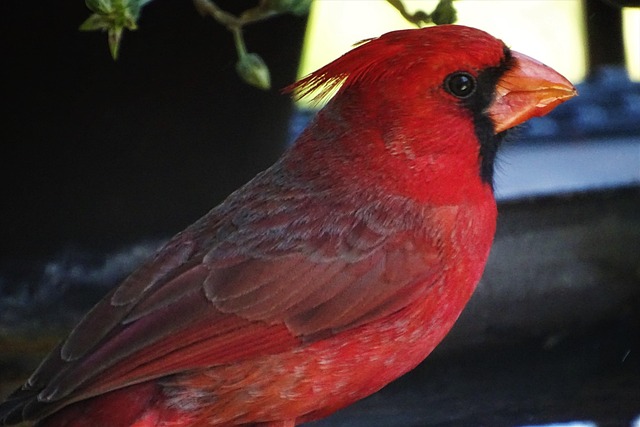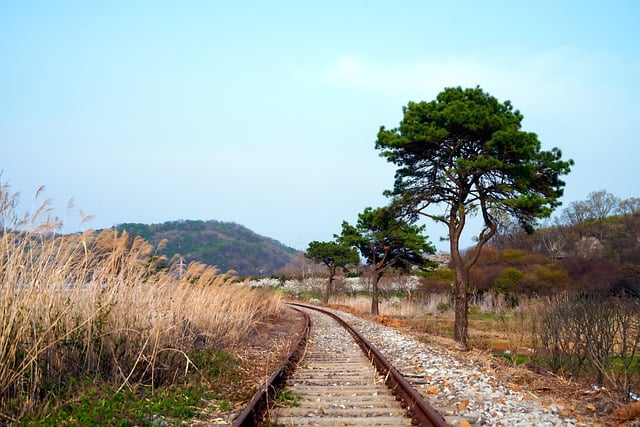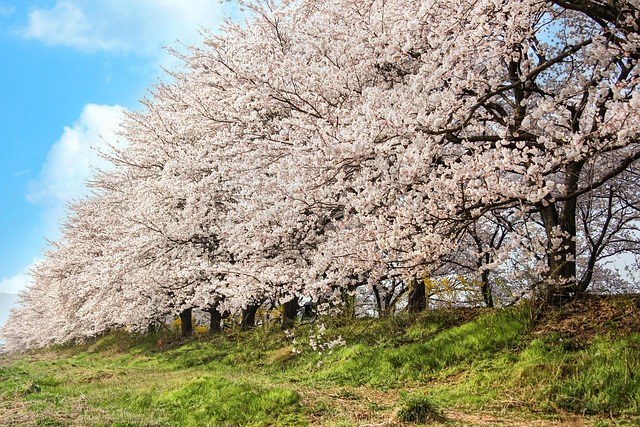The location of a neighborhood significantly shapes its community identity, with proximity to amenities, green spaces, and recreational facilities fostering face-to-face interactions and a sense of belonging. Urban areas benefit from vibrant markets and cultural hotspots, while neighborhoods near educational institutions or places of worship encourage social engagement. Shared spaces become hubs for gatherings, reinforcing the community's identity and increasing real estate appeal. Real estate developers and leaders play a crucial role in cultivating strong neighborhood identities by creating mixed-use communities with interactive features like parks, playgrounds, and shared spaces, hosting regular events, and providing accessible amenities.
In today’s interconnected world, strong neighborhood identities foster unity and create vibrant communities. This article explores the multifaceted role of neighborhoods in shaping community identity through location-based dynamics. We delve into initiatives that strengthen local connections and real estate practices that intentionally design spaces to enhance community engagement. By examining these aspects, we uncover strategies to build a cohesive social fabric, promoting inclusivity and harmony within our urban landscapes.
The Role of Location: How Neighborhoods Shape Community Identity

The location of a neighborhood plays a pivotal role in shaping its community identity and fostering unity among residents. Proximity to local amenities, green spaces, and recreational facilities encourages face-to-face interactions, creating a sense of belonging and shared experiences. In urban areas, for instance, close proximity to vibrant markets or cultural hotspots can foster diverse social dynamics, bringing people from various backgrounds together. This spatial intimacy is often reflected in the neighborhood’s unique character and contributes to its appeal in real estate terms.
Additionally, neighborhoods situated within easy reach of educational institutions, community centers, or places of worship naturally encourage residents to engage with one another. These shared spaces become hubs for social gatherings, cultural events, and collaborative initiatives, reinforcing the community’s identity over time. The physical layout and accessibility of these locations are thus integral to the community’s sense of unity and well-being.
Building Social Fabric: Initiatives to Strengthen Local Connections

Strong neighborhood identities are cultivated through initiatives that foster local connections and build a robust social fabric. In today’s fast-paced world, where many individuals lead busy lives and commute long distances for work, fostering unity within neighborhoods becomes even more crucial. Real estate developers and community leaders play a pivotal role in this process by creating spaces and organizing activities that encourage interaction among residents.
One effective strategy is the development of mixed-use communities where residential, commercial, and recreational areas are seamlessly integrated. This design encourages foot traffic and social encounters, fostering a sense of belonging. Additionally, hosting regular community events, such as street fairs, neighborhood cleanups, or sports tournaments, provides opportunities for residents to connect, bond, and create shared memories. Such initiatives not only strengthen the social fabric but also enhance the overall desirability of the area in the real estate market.
Real Estate and Unity: Designing Spaces that Foster Community Engagement

In the realm of real estate, the design and development of spaces can significantly influence community engagement and foster a strong neighborhood identity. When creating residential areas or public spaces, incorporating features that encourage interaction and shared experiences can enhance unity among residents. For instance, designing open parks with communal areas, play grounds, and gathering spots promotes social interactions, fostering a sense of belonging.
Additionally, mixed-use developments that combine residential, commercial, and recreational spaces create diverse environments where people from different backgrounds interact. This diversity enriches the community, offering opportunities for cultural exchange and shared interests. Real estate developers can also facilitate unity by incorporating accessible amenities like community centers, libraries, or shared gardens, which serve as hubs for residents to connect, collaborate, and build a stronger, more united neighborhood.






